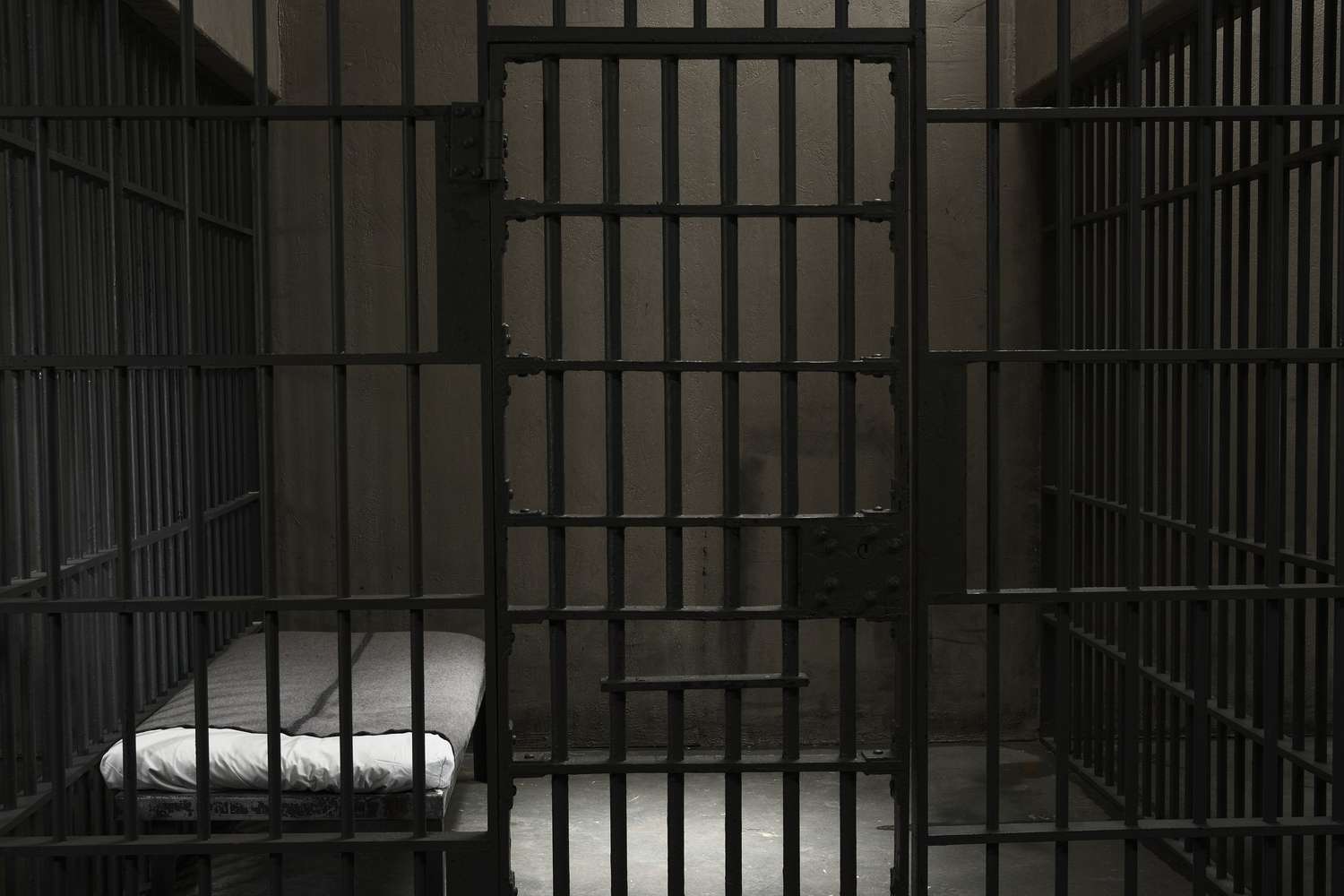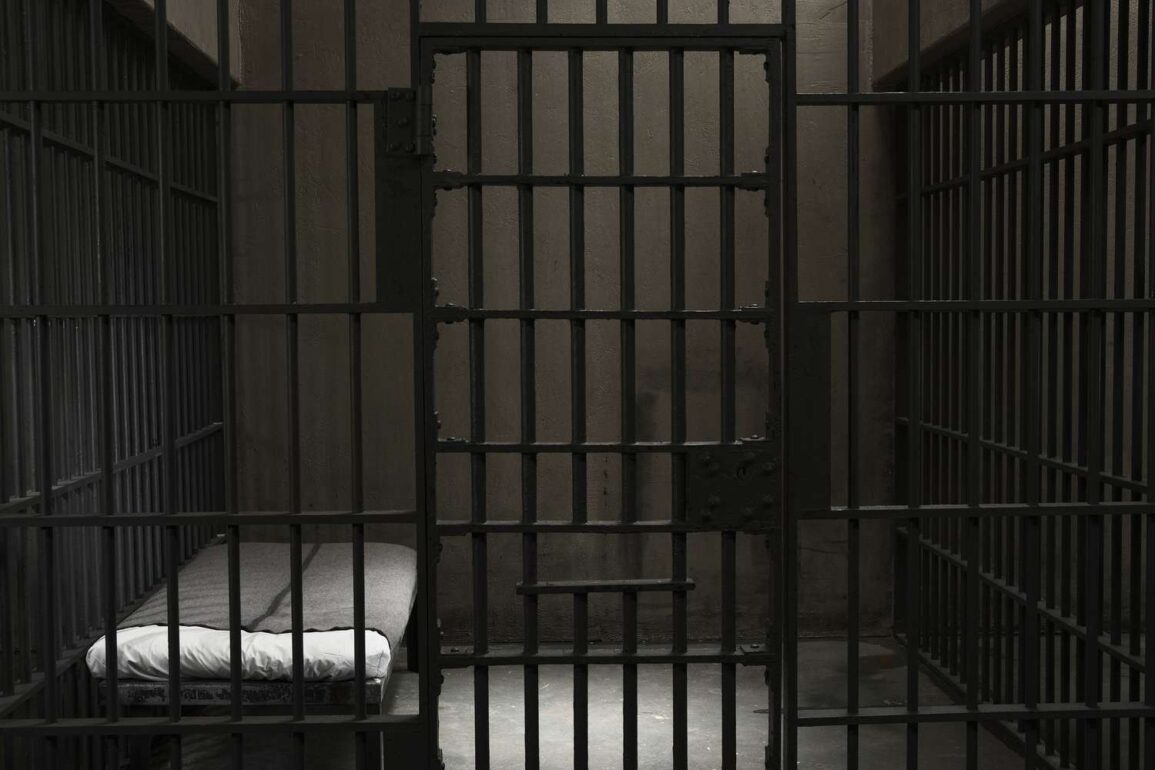
There were 1.23 million people incarcerated in the U.S. criminal justice system at the end of 2022 (the latest data available). These people are incarcerated for a multitude of different crimes ranging from drug possession and petty larceny to grand theft auto and murder.
Some governments, the U.S. included, rely on private corporations to run prison systems, partly to save money and partly because the prison population keeps growing and available space is lacking. Like any corporation, the goal of these private companies is to generate profits, which conflicts with the ethics of incarceration.
Key Takeaways
- The criminal justice system in America relies on private prisons, in part, to house its inmates.
- Private prisons are run by private companies on behalf of the government rather than by the government itself.
- Critics have argued that criminal justice should be a wholly public affair and that private for-profit motives can lead to unjust conditions and corruption.
- Private prisons profit from locking more people up, and their for-profit agenda can result in poorer conditions and exploiting prisoners.
Private Prison vs. Public Prison
The private prison system raises a lot of questions. One question many people ask is: “How can a private company legally incarcerate people? Isn’t that the government’s job?” The answer is yes, but the government does contract out quite a bit of its work.
A public prison is one that is completely owned by the government. This means that the government has to provide the prison building, employ staff, including guards and administration, and oversee all of the incarcerated individuals and everything that happens inside the prison.
Even with a public prison, some of the services—such as the food service, cleaning service, and maintenance—are outsourced to private contractors.
With a private prison, many of the burdens are taken off the government and put onto a private company. This company is placed in charge of running the prison, freeing up the government to concentrate on things like sentencing, classifying, and assigning inmates to prison, and providing oversight.
How a Private Prison Makes Money
A public prison is not a profit-generating entity. The end goal is to house incarcerated individuals in an attempt to rehabilitate them or remove them from the streets. A private prison, on the other hand, is run by a corporation. That corporation’s end goal is to profit from anything it deals in.
To make money as a private prison, the corporation enters into a contract with the government. This contract should state the basis for payment to the corporation. The payment might be a set amount, based on the size of the prison, or, as is usually the case, determined by how many inmates the prison houses.
Let’s suppose it costs $100 per day to incarcerate someone (assuming full capacity, including all administration costs), and the prison building can hold 1,000 inmates. A private prison can offer its services to the government and charge $150 per day per inmate. The $50 difference is where the private prison makes its money and, generally speaking, the government will agree to these terms if it would struggle to run the prison publicly for less.
As in any business, saving money wherever possible increases the bottom line. Expanding also allows the business to bring in more money, but it needs capital to do that.
8%
The percentage of incarcerated individuals in the U.S. in private prisons.
Why Would a Private Prison Need to Be Publicly Traded?
As a business grows it can make the choice to go public. Essentially, this does a few things for the company that it can’t do as a privately held business.
With most businesses, exposure is the key to growth. The more people that know about the company, the more sales it can do. However, with a private prison, exposure isn’t really needed. What the company needs is capital.
If a private prison can “mark up” the cost of caring for an incarcerated individual by $50 per day, that means it can theoretically earn $50,000 per day on a prison that houses 1,000 inmates.
If it can land another contract with the government to build a prison in the neighboring state, it could start earning an additional $50,000 per day by maxing out that prison. By going public, it can receive a sudden influx of money that would allow it to build that second prison.
$374 million
The amount private corporations are estimated to make each year from running private prisons.
The Problem With Private Prisons
On the surface, a private prison seems like a great idea. If it costs the government $200 per day to incarcerate someone, and a private company comes along and says they can do it for $150 per day, then why not save the government money while allowing a corporation to profit? The problem lies in the economics behind prisoners.
More Inmates, More Money
One of the goals of the prison system is to rehabilitate people. But that goes against the interests of private corporations. They want the number of prisoners to rise. The more people they lock up, the more money they make.
That’s reflected in the figures. A study of recidivism rates in 24 states by the U.S. Department of Justice found that 82% of individuals released from state prisons were rearrested at least once within 10 years after being released.
Some pundits have even argued that private prison business interests are responsible for the introduction of more and tougher laws designed to get more people locked up. Corporations may lobby lawmakers for their support or otherwise advocate for stronger enforcement of laws as more arrests can result in higher revenues and profit.
If a prison seeks to earn money, then a high prison population is the end goal.
Cutting Corners
Given that these are for-profit businesses, if they can cut staff pay or benefits or services from their list, then they save money. Suppose a prison cuts out the cleaning services and the cost per inmate drops to $90 per day. It instantly earns an additional $10 per day—a number that can add up quickly if there are 1,000 inmates in the facility.
Cutting cleaning makes the company more money but provides unhealthy and inhumane living conditions for the inmates. Cutting costs ultimately affects the people incarcerated and diminishes the quality of their living quarters.
Cheap Labor
Private prisons have been accused of saving money on services like cleaning and maintenance by getting prisoners to do the same job for significantly lower wages. According to the American Civil Liberties Union (ACLU), the U.S. prison population is paid on average between 13 and 52 cents per hour. These savings go straight into the company’s pockets and are made by bypassing labor laws designed to protect workers’ rights.
Private prisons are also known to make money on the side by selling goods produced by prisoners to the outside world. Combined, these controversial savings and extra income can make private prisons a lot of money and significantly fatten their profit margins.
What Is the Problem With Private Prisons?
Private prisons have proven to be more dangerous than public prisons with more violent attacks on inmates. Additionally, a private prison system profits from having more prisoners, which questions the legality and ethics of the judicial process.
Who Owns Private Prisons?
The largest private prison company is CoreCivic Inc. This company “owns, leases, and operates prisons, immigration detention centers, and residential reentry centers in the U.S.” The company owns or manages 74 prisons and jails. The number of beds in these prisons and jails makes up 56% of all privately-owned prison beds in the U.S.
Why Are Private Prisons Cheaper?
Private prisons are cheaper because they reduce the number of staff needed to work in a prison and pay the staff lower wages with fewer benefits. This allows them to run their prisons at a lower cost, often allowing them to turn a profit.
The Bottom Line
At the end of 2022 (latest information), there were 91,320 people incarcerated in private prisons, which represented 7.4% of the total federal and state prison population. Many of these prisons save the government money, but some actually cost more per inmate than a public facility would cost.
The capitalist mindset says any time an industry can be run privately it is better for the economy. The socialist mindset says that the government should be supplying those services. The realist says that the prison system is overcrowded as it is.
This post was originally published on this site be sure to check out more of their content.









